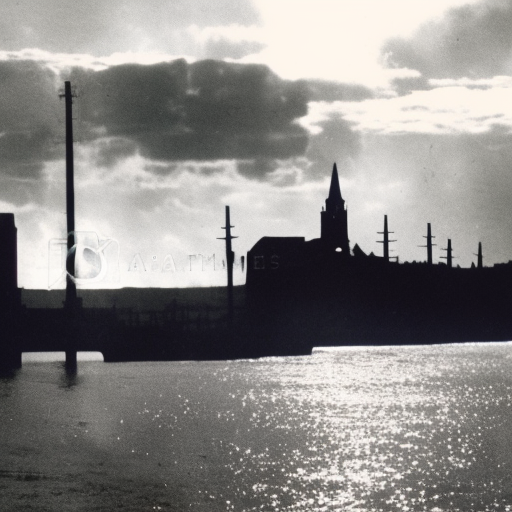Summary:
The Johnstown Flood was a devastating natural disaster that occurred on May 31, 1889, in Johnstown, Pennsylvania. The flood was caused by the failure of the South Fork Dam, which resulted in a massive wall of water rushing down the valley and engulfing the town. The disaster claimed the lives of over 2,200 people and caused widespread destruction.
The South Fork Dam:
The South Fork Dam was originally built in the 1850s as part of a canal system. However, it fell into disrepair and was eventually sold to a group of wealthy businessmen who transformed the area into a private resort called the South Fork Fishing and Hunting Club. The dam was used to create a lake for recreational purposes, but it was poorly maintained.
The Failure of the Dam:
On May 31, heavy rainfall caused the lake behind the dam to rise rapidly. The dam’s spillway, which was designed to release excess water, had been modified by the club members, reducing its capacity. As a result, the water level continued to rise until it eventually overtopped the dam. The pressure became too great, and the dam collapsed, releasing an estimated 20 million tons of water.
The Devastation:
The wall of water that was unleashed by the dam’s failure raced down the valley at speeds of up to 40 miles per hour. It swept away everything in its path, including houses, trees, and debris. The town of Johnstown, located downstream, was completely overwhelmed. The floodwaters reached a height of 60 feet in some areas, causing utter devastation.
Loss of Life and Destruction:
The Johnstown Flood claimed the lives of over 2,200 people, making it one of the deadliest natural disasters in U.S. history. The floodwaters carried away entire families, and many victims were trapped in their homes or swept away by the force of the water. The destruction was immense, with buildings and bridges being washed away and debris piling up in massive heaps.
Relief and Recovery Efforts:
In the aftermath of the disaster, relief efforts were launched to provide aid to the survivors. The American Red Cross, led by Clara Barton, played a significant role in coordinating relief operations and providing assistance to the victims. The organization provided food, clothing, and medical care to those affected by the flood.
Lessons Learned:
The Johnstown Flood highlighted the need for better regulation and oversight of industrial and infrastructure projects. The failure of the South Fork Dam was largely attributed to negligence and poor maintenance. As a result, legislation was enacted to improve dam safety standards and prevent similar disasters in the future.
Legacy:
The Johnstown Flood had a lasting impact on the town and its residents. The disaster led to a decline in the local economy and population, as many people relocated to other areas. However, the town eventually rebuilt and became a symbol of resilience and community spirit. Today, the Johnstown Flood National Memorial stands as a reminder of the tragedy and the importance of disaster preparedness.
In conclusion, the Johnstown Flood of 1889 was a catastrophic event that resulted in the loss of thousands of lives and widespread destruction. The failure of the South Fork Dam and the subsequent release of millions of tons of water devastated the town of Johnstown. The disaster prompted improved regulations and oversight of infrastructure projects and highlighted the importance of disaster preparedness. Despite the devastation, the town eventually recovered and serves as a testament to the resilience of its residents.












